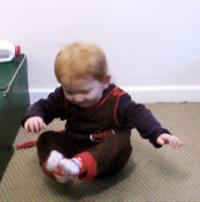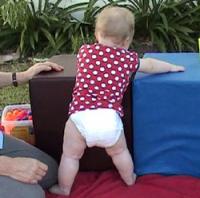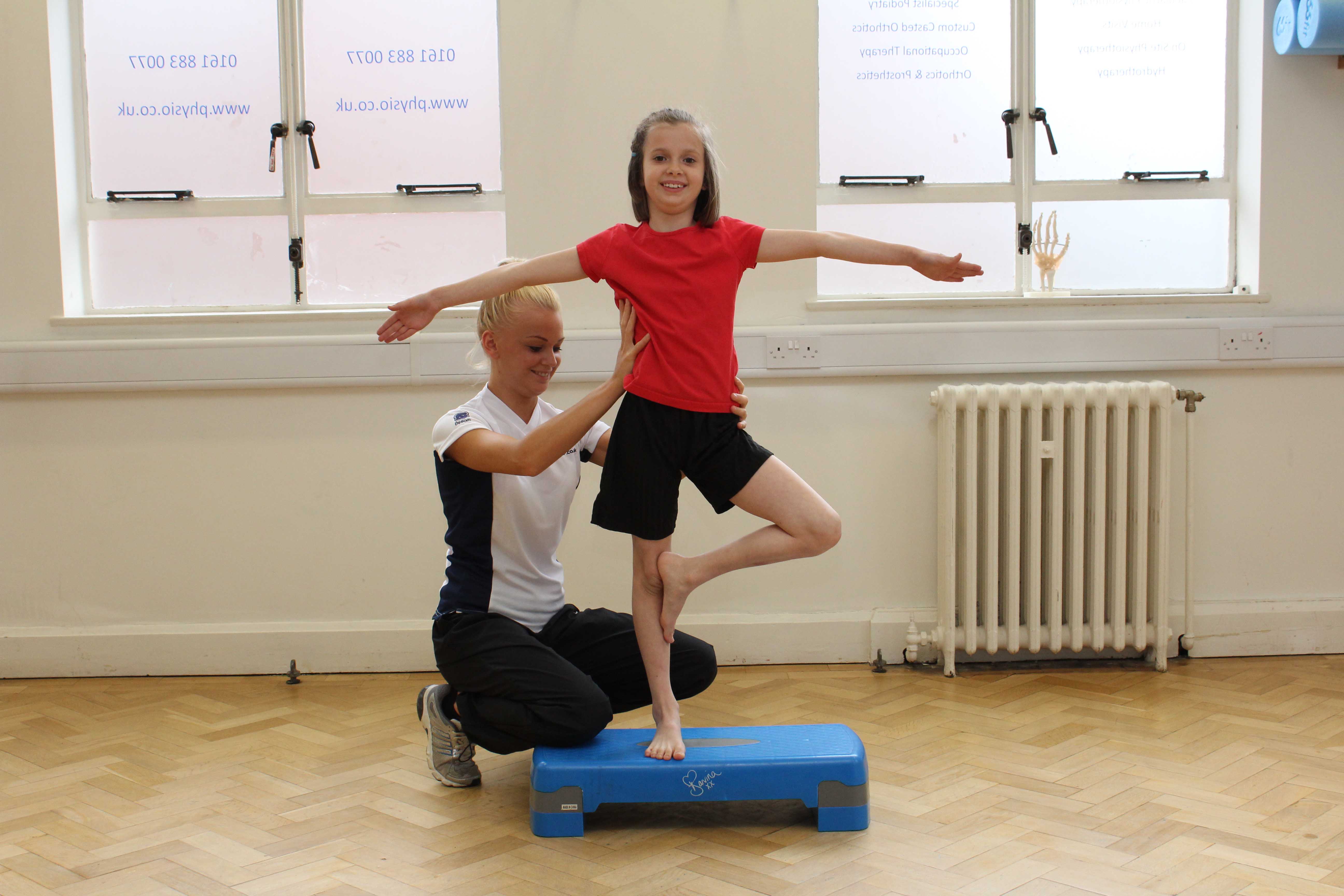hypermobility in babies uk
Advice for hypermobility oxleasnhsuk Children with hypermobile joints have too much movement in their joints. Joint hypermobility in babies and children is even more common and usually.
Living With A Hypermobile Toddler
Generally children are flexible some more than others.

. Hypermobility is commonly seen in young. The recommendation on when community management is usually appropriate is based on musculoskeletal triage guidance for children and young people. The older you are the less likely it is you will be hypermobile.
Hypermobility refers to an increased range of movement in multiple joints for their age. Instability of the joints might lead. Hi I was diagnosed as hypermobile during my pregnancy.
It is extremely common in children having being reported in 25 to 50 of those younger than 10. It is now slightly. Children with gHSD and hEDS should be encouraged to join in with PE as far as possible.
The HMSA The Hypermobility Syndromes Association. It is not an illness or disease and is a normal variation. The Hypermobility Syndromes Association is here to support everyone with symptomatic hypermobility whatever the cause.
Hypermobility means a persons joints move beyond a. This can cause severe on. Hypermobility synovial joints moving beyond normal range of movement.
They may even say their hand is hurting. How common is hypermobility. It affects 7 10 of school age children in the UK.
84 Harley Street London W1G 7HW. A doctor will also use more detailed criteria to help their diagnosis. The term muscle tone refers to the muscles readiness for action.
Hypermobile Ehlers-Danlos syndrome hEDS which used to be known as the hypermobility type or type 3 is thought to be the most common genetic connective tissue disorder. Hypermobility in babies or children is a condition whereby a child has more than normal range of movement in some or all of the joints in their body. A joint is the.
Picture from Hypermobility Syndromes Association. One way to check if the heel cap is solid. While standing put hands flat on floor while knees stay straight.
In the majority of children this will become less as they get older but a small percentage will remain very flexible. Sometimes children are severely affected. Never been a problem before.
651-290-8707 Refer a Patient. This is more common if their parents are still very flexible. Often this pain is prominent in the legs and feet but can affect any part.
It is extremely common in children having being reported in 25 to 50 of those younger than 10 years of age. 651-325-2200 Pediatric Expert Consult More Ways to Contact Us. This childs muscles may also be working harder to keep them in an upright sitting position.
In most cases hypermobility peaks at. It is sometimes referred to as being double jointed and is quite common about 1 in 10 people are hypermobile. Children with hypermobile EDS will be more bendy than their peers and this hypermobility can cause problems.
Anyone who has symptoms as a result of having hypermobile joints but who does not have all the features of Ehlers-Danlos syndrome has a hypermobility spectrum disorder. Defined by the Beighton Score. 4 points hypermobility likely.
This is especially important as some UK research has shown that hypermobile children who are. There is no up. People with hypermobility syndromes are more prone to sprains and strains and may have more pain than other people.
Hypermobility may affect just one joint or many joints. As children with hypermobile joints require added support around the heel and ankle the shoes should have a closed solid and ideally high heel cap. The International Arthritis Hypermobility Centre IAHC - Children.
Sometimes children with hypermobility need to fidget to. 4 points and pain in 4 or more joints for at least 3 months joint hypermobility syndrome likely. My 9 month old son has rolled over both ways could roll for.
This can occur with just a couple of joints or all joints. The Harley Street Clinic. If you remain concerned PALS can also advise upon how to make a formal complaint.
Infants who appear to be floppy and have hypermobile joints are often given a diagnosis of low muscle tone. Hypermobility refers to an increased range of movement in multiple joints for their age.

What Is Hypermobility In Babies Children Young Adults Therapy Stars

How Hypermobility And Low Muscle Tone Affect Your Baby S Development Skills For Action

How Hypermobility And Low Muscle Tone Affect Your Baby S Development Skills For Action

How Hypermobility And Low Muscle Tone Affect Your Baby S Development Skills For Action

What Is Hypermobility In Babies Children Young Adults Therapy Stars

Hypermobility Syndrome Therapies For Kids

How Hypermobility And Low Muscle Tone Affect Your Infant S Development Low Muscle Tone Pediatric Physical Therapy Baby Development

Is There A Happy Ending For Children With Hypermobility Double Jointed

Joint Hypermobility In Babies And Children Emma S Diary

How Hypermobility And Low Muscle Tone Affect Your Baby S Development Skills For Action

Hyper Mobility Syndrome Children Conditions Paediatric What We Treat Physio Co Uk

How Hypermobility And Low Muscle Tone Affect Your Baby S Development Skills For Action
Living With A Hypermobile Toddler

Alfie Thorn Is Believed To Be Among The First People In The Uk Diagnosed With Loeys Dietz Syndrome Syndrome Genetic Disorders Pet Birds
Toddler Returns Parents Accused

How Hypermobility And Low Muscle Tone Affect Your Infant S Development Low Muscle Tone Pediatric Physical Therapy Activities Muscle Tone

How Hypermobility And Low Muscle Tone Affect Your Baby S Development Skills For Action
Physiotherapy For Children Provided By Kidsphysio In Milton Keynes Bedford Flitwick Ampthill Hypermobility
